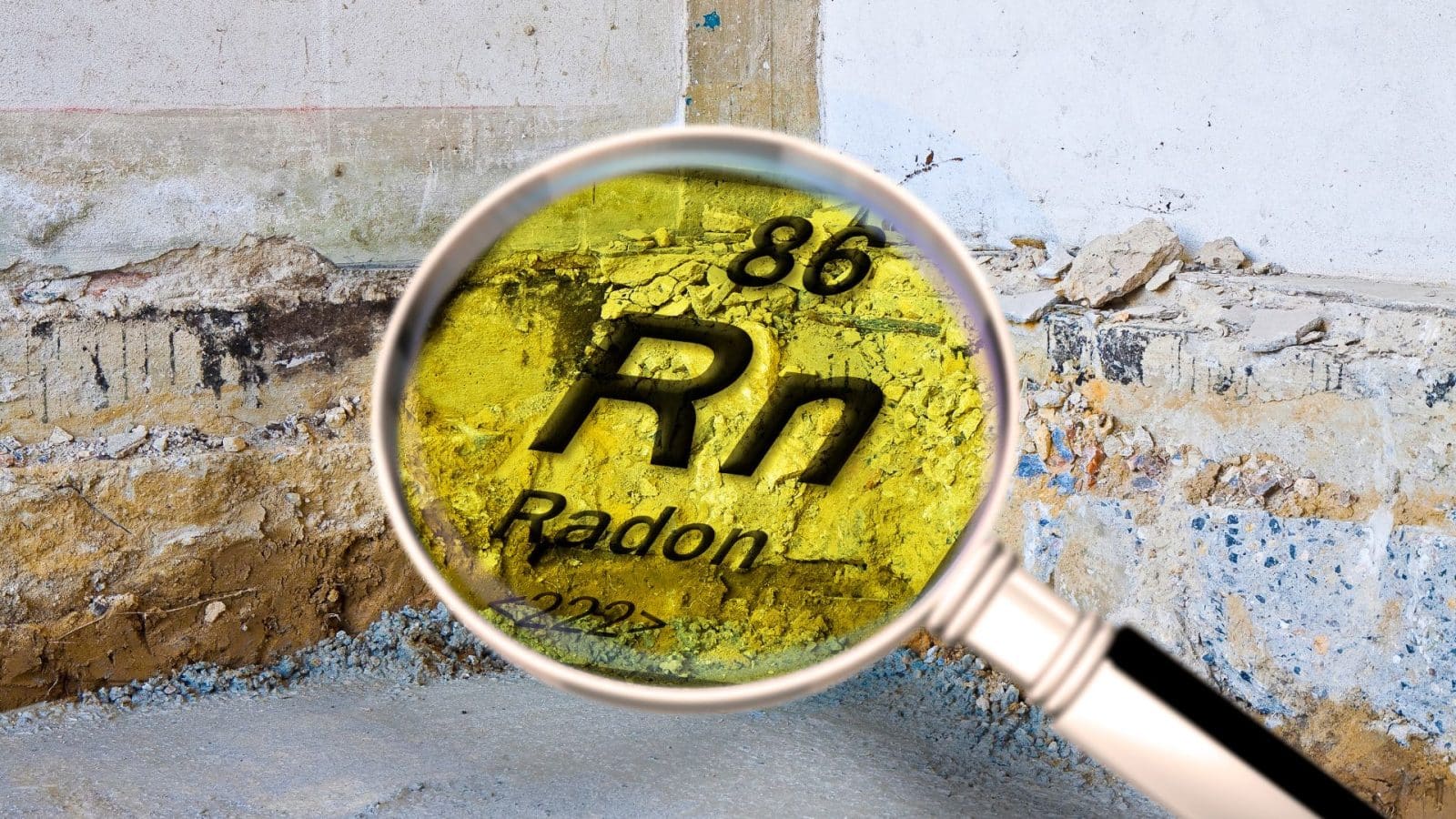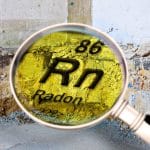Protecting your home from radon is a crucial step in maintaining a safe living environment. This colorless, odorless gas can seep through cracks in your foundation, posing significant health risks. Understanding how to seal your foundation properly is key to mitigating this threat. This guide will walk you through the right foundation sealing technique for your home.
Identifying Foundation Leakage Points
Before you can seal your foundation, you need to find where radon might be entering. Common entry points include cracks in foundation walls and floor slabs, gaps around service pipes, construction joints, and sump pump pits. A thorough visual inspection of your basement or crawl space will help you identify these potential problem areas. Pay close attention to any visible cracks or openings, no matter how small.
The Importance of Proper Sealing
Sealing your foundation properly is a critical part of any radon reduction system. By closing off entry points, you create a barrier that stops the gas from entering your living space. This process helps lower radon levels, improve your home’s energy efficiency, and prevent moisture problems. A well-sealed foundation provides peace of mind and a healthier home.
Epoxy Injection
Epoxy injection is a highly effective method for repairing foundation cracks. This technique involves injecting a low-viscosity epoxy resin directly into the cracks. As the epoxy cures, it forms a strong, waterproof bond that seals the opening completely. This method is an excellent construction technique for keeping your home radon-free, as it restores the foundation’s structural integrity while creating a permanent barrier against gas intrusion.
Concrete Crack Sealers
For smaller, non-structural cracks, concrete crack sealers offer a practical DIY solution. These products, typically polyurethane-based, are flexible and can expand and contract with the concrete. You apply them directly into the cracks using a caulking gun. While not as strong as epoxy, they provide a reliable seal against radon and moisture in minor foundation fissures.
Exterior Waterproofing Membranes
Applying an exterior waterproofing membrane involves excavating the soil around your foundation and utilizing a waterproof coating to the outer walls. This application creates a seamless barrier that prevents both water and radon from penetrating the concrete. Although it is more intensive and costly, it is one of the most comprehensive solutions for protecting your foundation.
Sump Pump Installation
A sump pump system is essential for homes in areas with high water tables, and it also plays a role in radon mitigation. An unsealed sump pit can be a major entry point for radon. Installing a sealed, airtight cover on your sump pump and venting it to the outside will effectively block this pathway, keeping radon out of your basement.
Professional vs. DIY: Which Is Right for You?
Deciding between a DIY approach and hiring a professional depends on the severity of the issue and your comfort level with construction tasks. Minor crack sealing can often be a DIY project. However, for more complex jobs like epoxy injections or exterior waterproofing, hiring a certified radon mitigation professional provides the expertise for a safe and effective solution.
Cost Considerations
The cost of sealing your foundation varies widely depending on the technique. DIY crack sealers are the most affordable option. Epoxy injections performed by a professional will cost more, reflecting the materials and labor involved. Exterior waterproofing is the most expensive method because it requires excavation.
Long-Term Maintenance and Monitoring
After sealing your foundation, it is important to continue monitoring your home for radon. You should retest your home every two years to verify that radon levels remain low. Regularly inspect the sealed areas for any new cracks or damage, and make repairs as needed to maintain the integrity of your radon barrier.
Knowing the right foundation sealing technique is a powerful step toward a safer home. If you have questions about which technique is best for your situation, consulting with a certified radon mitigation specialist can provide the clarity you need.
Recommended Reading: The Ways Radon Gas Can Affect Your Health













